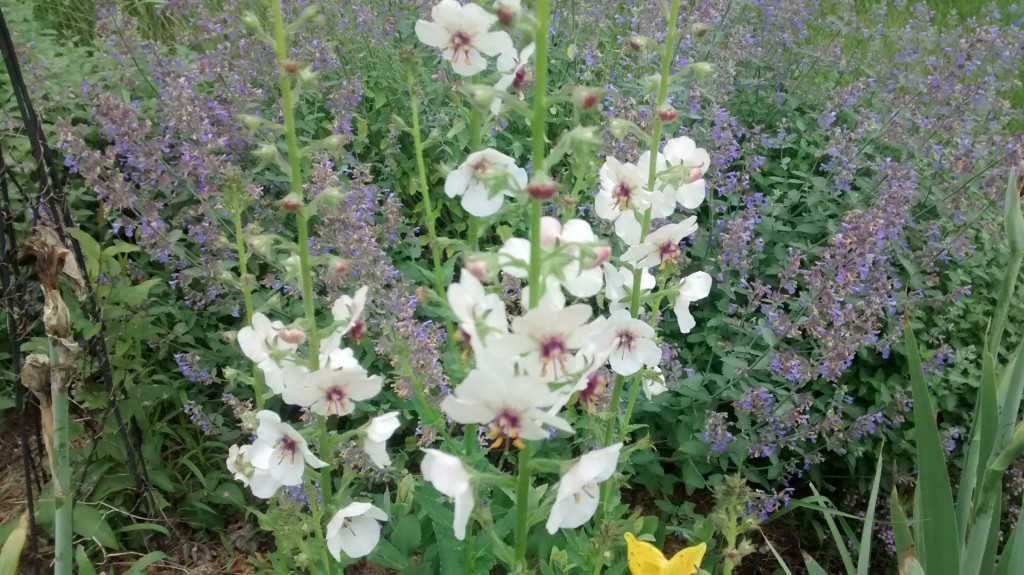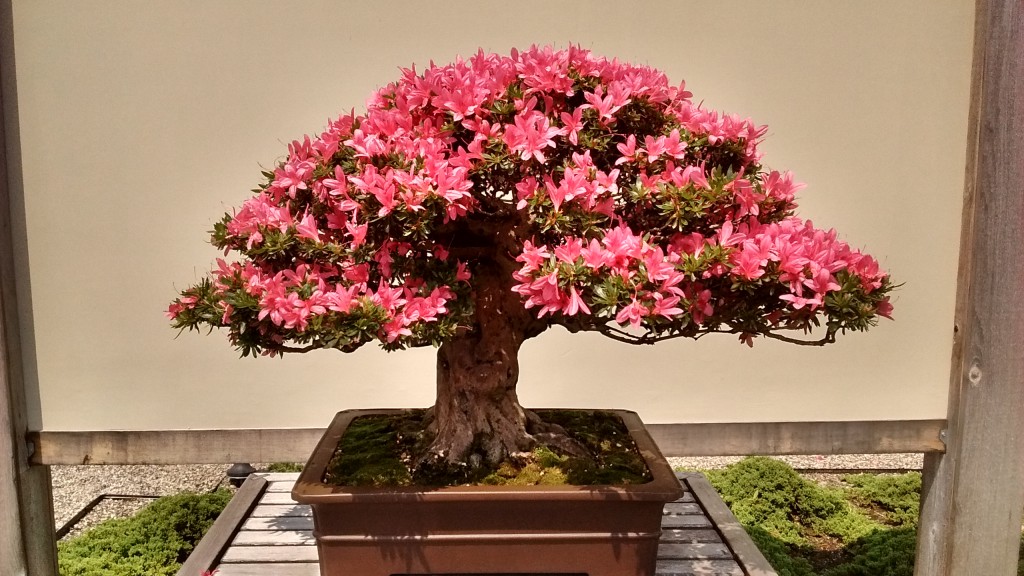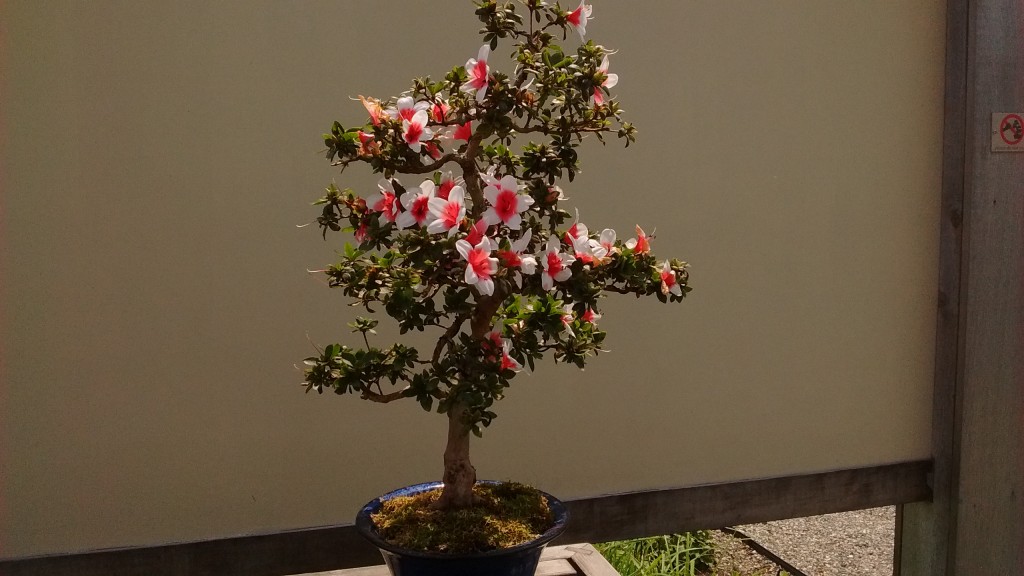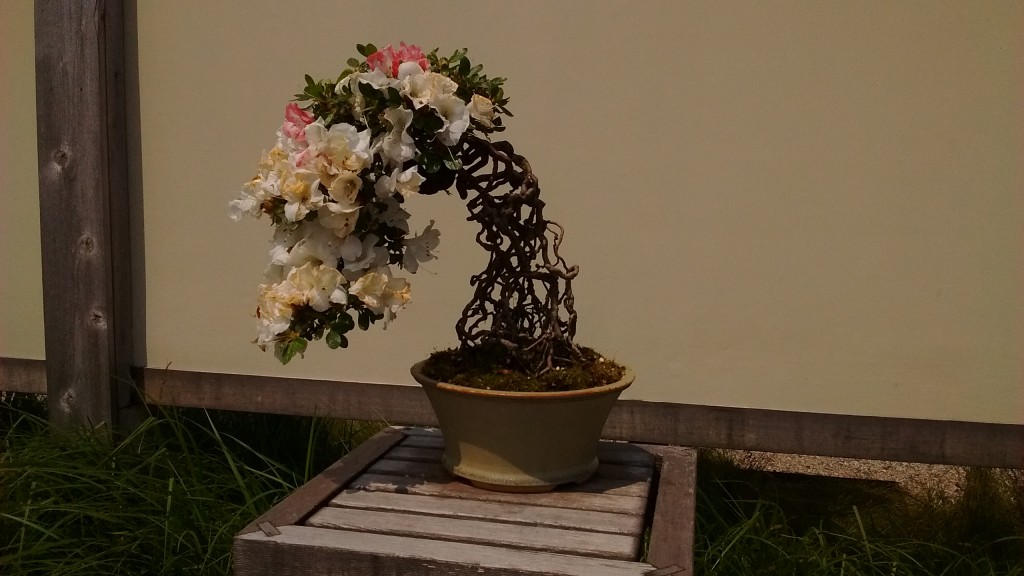Gardeners in our area are having to deal with unusual amounts of water in their gardens. The amount of water in the soil is more like what we would see in early spring after the snow melt rather than late June or early July.
Driving around I see standing water all over our area with no place to go. Soils in many places are waterlogged which means big trouble for plants.
Most plants are able to cope with a day or two of flooding but after that, complications start to set in. The biggest problem is a lack of oxygen in the soil. Plant roots need oxygen to function.
All types of soil contain air spaces between soil particles. Fine textured soils with a lot of clay, have very small air spaces while sandy soils have large air spaces. This is very important because plant roots need access to soil air, they can’t efficiently use the oxygen dissolved in water. When we have too much rain, these air spaces fill with water. Once that happens, the plant roots begin to drown and eventually die.
A water damaged plant, curiously enough, shows symptoms exactly like a plant that has been growing in a drought. In the case of a drought, there is not enough water for the roots to absorb so the upper part of the plant wilts. With a waterlogged plant, the upper part of the plant also wilts because can’t the roots have stopped working so no water gets moved into the upper parts of the plant.
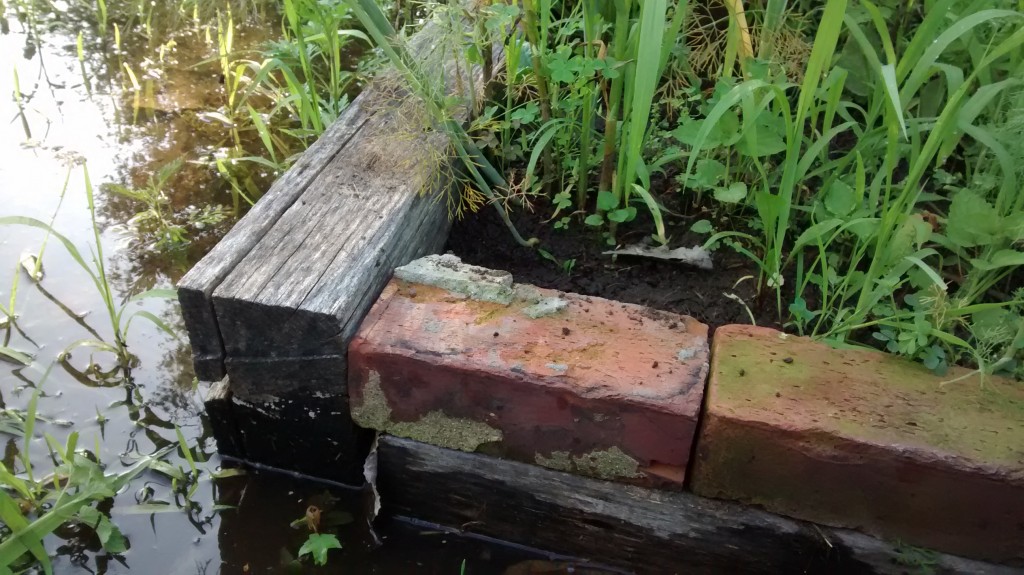
My raised bed has helped keep the plants up out of the water. I haven’t even been able to weed this bed because of the high water.
After a the soil returns to normal, plants need to be watered more often because they have fewer roots. Often, if the damage is not too bad, the plant will recover by growing more roots to replace the ones lost by drowning. If it the damage is too great, the plant will be stunted and never be able to live up to its potential.
Another problem, especially with a vegetable garden, is the potential for contamination. In urban or suburban neighborhoods where all sorts of properties are nearby, there is the potential for flood waters to carry contaminants like bacteria or chemicals. Think of that dog kennel down the street or that parking lot with runoff water carrying motor oil and other debris.
You may want to think twice about eating vegetables exposed to contaminated flood water.
Bob
